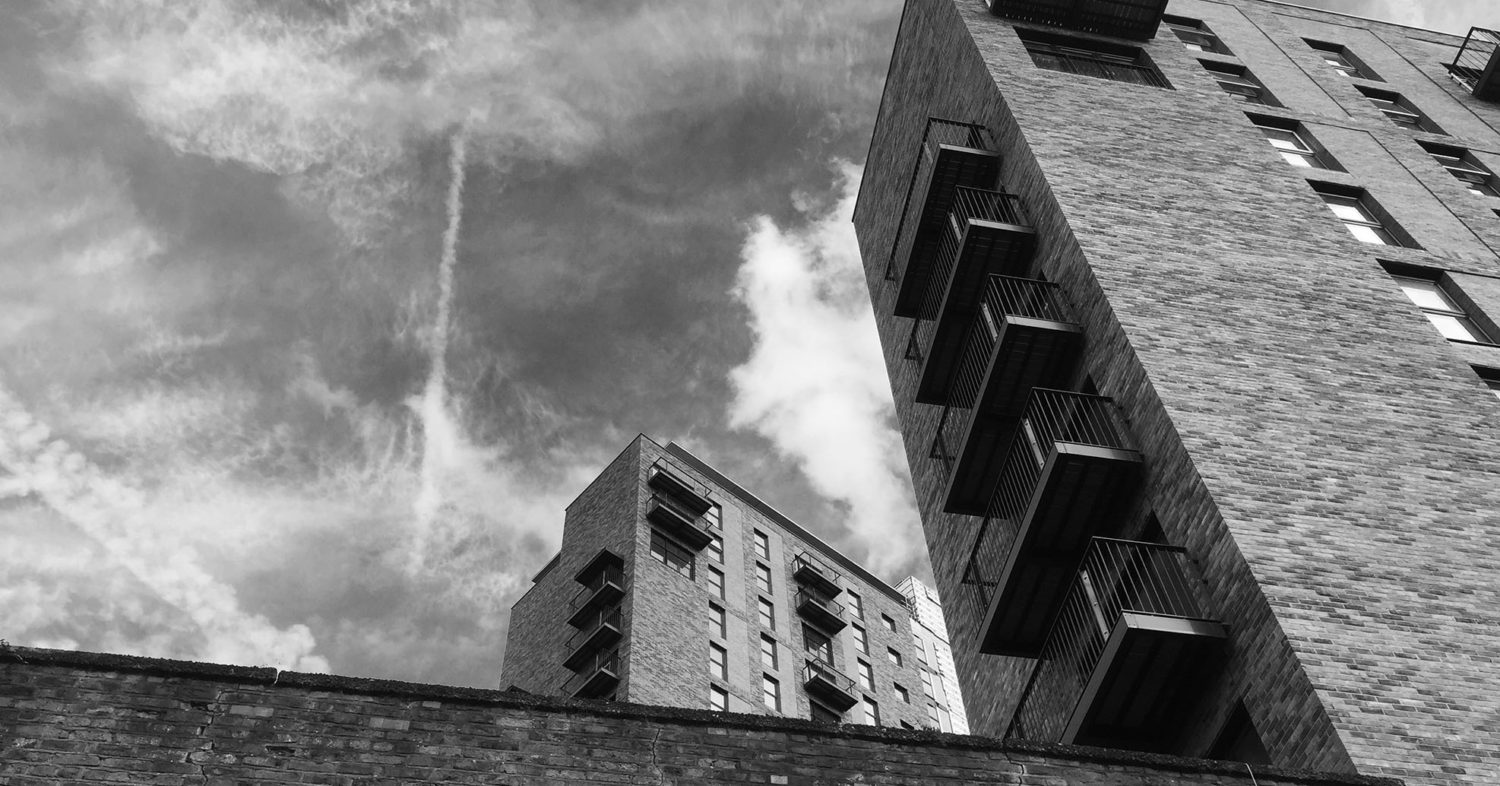First and foremost
Labour should put council housing at the top of the agenda, argues Martin Wicks.
This year marks the centenary of the Addison act, which saw the first government funding for building council housing. One hundred years on, Labour should make council housing its first housing priority. The party needs to be bolder by ending the right-to-buy scheme and promising to build more council homes, committing significantly more funding to help councils build them.
The new Labour Campaign for Council Housing is calling for 155,000 social rented homes a year – with 100,000 of those to be council homes and £10bn grant a year for councils’ building programmes.
Until the emergence of New Labour, building council housing was a key component of Labour policy. But under New Labour stock transfer – selling off of council homes to housing associations – accelerated and housing associations, not councils, were the only developers of social rent homes. As a result of right to buy and stock transfers, there are now only 1.59 million council homes left in England. And over the past two decades we have seen a big expansion of the private rented sector, with millions of people have been forced to rent privately because of both house price inflation and the acute shortage of council tenancies.
When Jeremy Corbyn was elected as Labour leader, he spoke about a council building programme of 100,000 a year and ending right to buy. But remnants of New Labour’s housing philosophy have yet to be abandoned. Currently, Labour has no commitment to funding a specific number of council homes, nor a guarantee of a grant for councils. It has committed only to 100,000 ‘affordable homes’ a year for rent and sale, by the end of a five year parliament. When John Healey’s office was asked how many council homes Labour was committed to fund we were told that they could not say because it was up to local councils what they applied for.
Labour’s housing green paper, published last year, has a fundamental flaw at its heart. Instead of proposing a legal duty on councils to build council housing, it proposed a duty to promote ‘affordable housing’, including ‘affordable ownership’. Since ‘affordable ownership’ qualifies as ‘affordable housing’, councils could just apply for a grant for this. They would be fulfilling their duty without building a single council home.
The grant promised to councils to build new homes is just £4bn a year, which includes ‘affordable home ownership’ as well as ‘social housing’. This is completely insufficient given the scale of the crisis. The grant available under existing proposals is the same as offered 11 years ago; £60,000 per property. This takes no account of inflation over that period – £100,000 would be more realistic.
The gulf between the aspirations of Labour party members and official policy was reflected in the composite resolution passed at last year’s conference. It supported the building of 100,000 ‘social rent’ homes a year and ending right to buy rather than just suspending it. Yet John Healey’s office has said that it does not envisage 100,000 ‘social rent’ homes a year being built until the second term in office. Neither has he committed to ending right to buy. Suspension leaves open the possibility of councils being able to sell their homes again if they have plans to replace the properties sold under right to buy on a ‘like for like’ basis.
It is certainly true that councils would be unable to move immediately from the very small numbers they are currently building to a large-scale programme. In order to do so they need to be given a guarantee of grant on an annual basis. Otherwise they will not have the resources needed to plan and execute building on a large scale.
One of the things which is not known about the Clement Attlee government’s housing policy was their decision to restrict the bounds of the housing market. Not only did private companies have to apply for permits to build homes for sale, they were restricted to 20 per cent of new builds. The rest was council housing. Today Labour can restrict the bounds of the market, based on speculative building and profiteering, by funding the building of 100,000 council homes a year. This would enable hundreds of thousands more people to gain a council tenancy rather than being forced into the housing market. It would have the likely side-effect of lowering prices in the market, making mortgages more affordable for those who want to buy. It would also shrink the exploitative private rental market.
Council housing provided a liberation from the private rental market and poor and overcrowded conditions for previous generations. It can liberate a new generation which is forced into private rent, more and more of them into shared accommodation; a generation impoverished by student debt and low paid and precarious work.
Without a return to large-scale council house building the housing crisis will not be resolved. The Labour Campaign for Council Housing is circulating a model resolution for this year’s Labour conference based our objectives above. Help us to make council house building Labour’s first housing priority.

